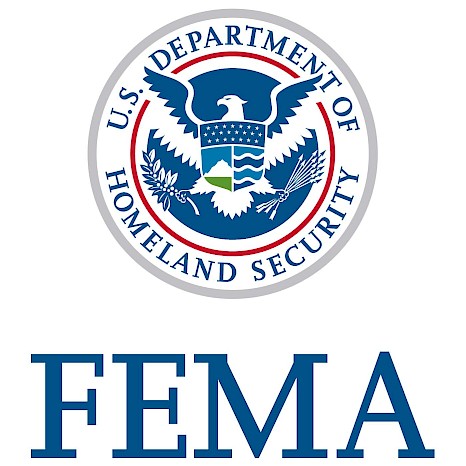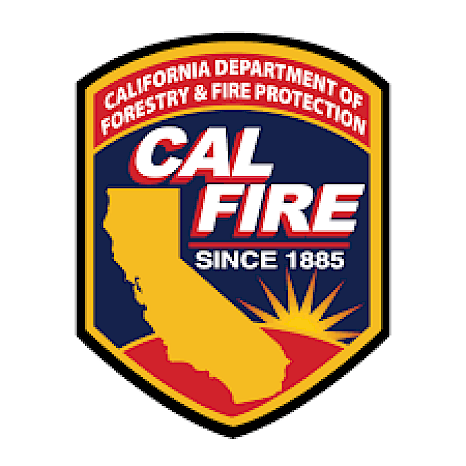Protecting Your Home: Fire Science Essentials
Wildfire threats to your home are real and multifaceted, with exposure risks from flying embers, radiant heat, and direct flame contact. Each of these pathways poses a unique risk of ignition, requiring both proactive defensible space maintenance and targeted home hardening retrofit measures to effectively mitigate. Homes without these precautions are far more vulnerable to wildfire damage.
Wildfire Ignition Pathways:
This section explains the three main ways a wildfire can ignite your home, and why both defensible space and home hardening retrofit materials are crucial. Here’s a breakdown:
Embers
Embers are the leading cause of home ignitions during wildfires. These tiny, burning particles can be carried by the wind up to a mile ahead of the main fire, where they can ignite homes by landing on flammable materials, accumulating near vulnerable areas, or entering through gaps in a building's exterior. Hardening measures, such as installing ember-resistant vents and clearing combustibles from Zone 0 (the 5 feet surrounding your home and attachments), protect against this primary ignition risk by blocking these dangerous particles before they reach the home’s core structure.

Resource provided by FRONTLINE WILDFIRE DEFENSE
Radiant Heat
Radiant heat exposure occurs when a nearby fire generates enough heat to ignite combustible materials without direct contact. Materials close to the home, such as wooden siding or decks, can ignite solely from this intense heat. Adequate Defensible Space helps reduce the impact of radiant heat by increasing the distance between the fire and the home. Retrofitting walls with fire-resistant materials, such as stucco or fiber cement, further strengthens the home’s ability to withstand prolonged heat exposure.

Resource provided by FRONTLINE WILDFIRE DEFENSE
Direct Flame Contact
Direct flame contact occurs when flames from burning vegetation, fences, or neighboring structures reach the exterior of the home. In this scenario, fire can move directly from fuel sources to your home, igniting siding, decks, or other attachments. Defensible Space is critical in preventing direct flame contact, as maintaining a fuel-free zone around your home minimizes potential fire pathways. Additional hardening measures like replacing combustible fences and installing non-combustible deck materials also contribute to creating an effective barrier against direct flame threats.

Resource provided by FRONTLINE WILDFIRE DEFENSE
Why Defensible Space and Home Hardening Matter
Together, defensible space and home hardening are your home’s best defenses against wildfires. Creating a buffer zone and upgrading vulnerable structures can prevent wildfire embers, radiant heat, and flames from igniting your property. While these efforts can’t guarantee complete protection, they significantly improve your home’s resilience. In wildfire-prone areas like California, preparedness isn’t optional—it’s essential. To protect your family and home, commit to these proven fire prevention strategies and follow all local guidelines.
By understanding these ignition pathways and taking steps to mitigate each threat, you’re enhancing your home’s safety and improving its chances of surviving a wildfire.

Resource provided by King Conservation District
Good, Better, Best: Materials for Wildfire Resilience
When it comes to selecting materials for your home, understanding the differences between fire-resistant, ignition-resistant, and non-combustible options is essential for making informed decisions. Each category offers varying degrees of protection, with significant implications for your home’s resilience during a wildfire. Not all approved WUI (Wildland Urban Interface) products are equal. Always strive for the highest level of protection for your home whenever possible.
Good: Fire-Resistant Materials are designed to slow the spread of fire and provide some level of protection against heat and flames. These materials, such as treated wood or certain types of fire-retardant coatings, offer an affordable and basic layer of defense. While they reduce the rate at which fire spreads, they can still ignite or sustain damage under normal fire conditions, making them a starting point rather than a comprehensive solution.
Better: Ignition-Resistant Materials go a step further by being specifically engineered to resist catching fire when exposed to embers or radiant heat for extended periods. Examples include fiber cement siding, composite decking rated for wildfire zones, and metal roofing. These materials are ideal for areas with moderate to high wildfire risks, as they’re less likely to ignite compared to standard fire-resistant materials, offering homeowners a robust intermediate level of protection.
Best: Non-Combustible Materials represent the gold standard for wildfire resilience. These materials, such as concrete, brick, and steel, do not burn under any conditions, providing the highest level of protection against embers, radiant heat, and direct flame contact. Although often more expensive and heavier than other options, their unparalleled durability and fireproof characteristics make them the ultimate choice for safeguarding homes in high-risk wildfire zones.
Choosing the Right Materials for Your Home The choice between good, better, and best materials depends on your budget, local wildfire risk, and overall home hardening strategy. Wherever possible, prioritize ignition-resistant or non-combustible materials for critical areas like siding, roofing, and decks. These investments not only enhance your home’s resilience but also provide peace of mind in the face of increasing wildfire threats.

Resource provided by Insurance Institute for Business & Home Safety
If you have any additional questions please contact us at homehardening@ncoinc.org or call 707-461-0760.
Next: Defensible Space »




